Facial Contouring Surgery

before
Unnatural contour and
minimal change after surgery

after
Natural contour
after revisional surgery
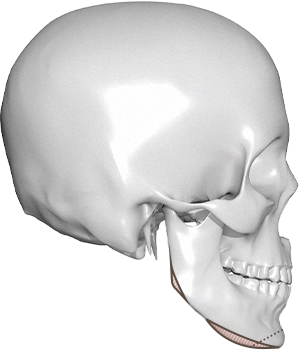
before
Unnatural contour
and minimal change after surgery
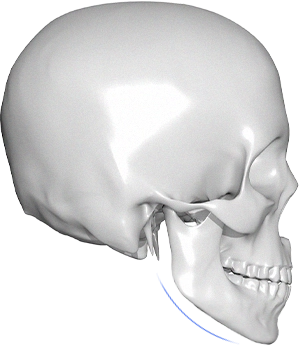
after
Natural contour
after revisional surgery

before
Unnatural contour and
minimal change after surgery
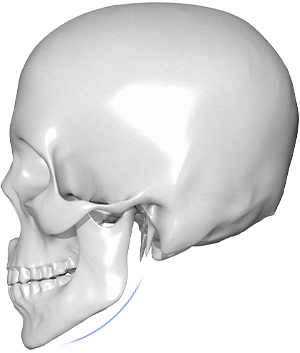
after
Natural contour
after revisional surgery
Revisional Facial Contouring Surgery
from women’s procedures that pursue a slim and smooth appearance.
Men’s contouring surgery must correct prominent and protruding bones
while simultaneously accentuating masculine features.
The key in men’s facial contouring is to effectively
convey inherent masculine charm and revive a natural facial contour.
Expertise
of Specialists
Natural
Contour
3D Contoured Face
345 Youtube
Watch the Video on
Revisional Facial Contouring Surgery
Have questions about revisional facial contouring surgery? Check out the video!
345 Youtube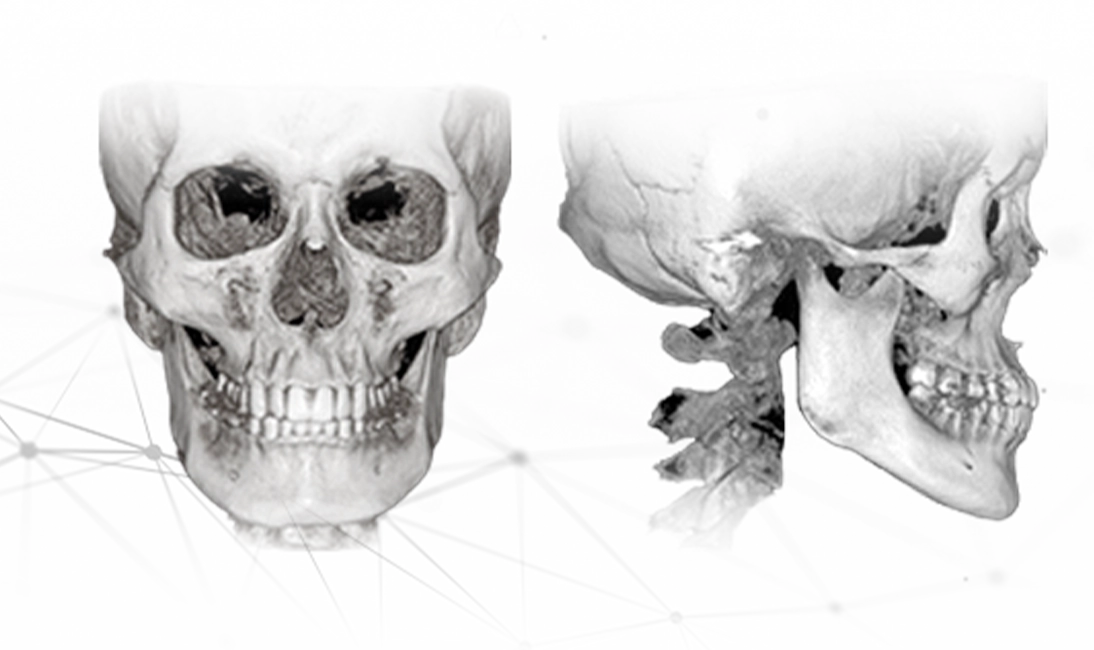
Precision Evaluation Through CT Imaging
We accurately identify the causes of failure in the previous surgery through CT imaging and establish a plan for revisional surgery.
First, Conduct a Precise Evaluation
Second, Reduce Surgical Burden
Third, Achieve an Accurate Diagnosis
Preoperative evaluation is very Important in revisional surgery
Revisional facial contouring surgery places the highest importance on precise evaluation.
Since contouring surgery is a major procedure with extensive tissue dissection
and significant bone movement and osteotomy,
it is essential to assess the condition in detail through precise evaluation.
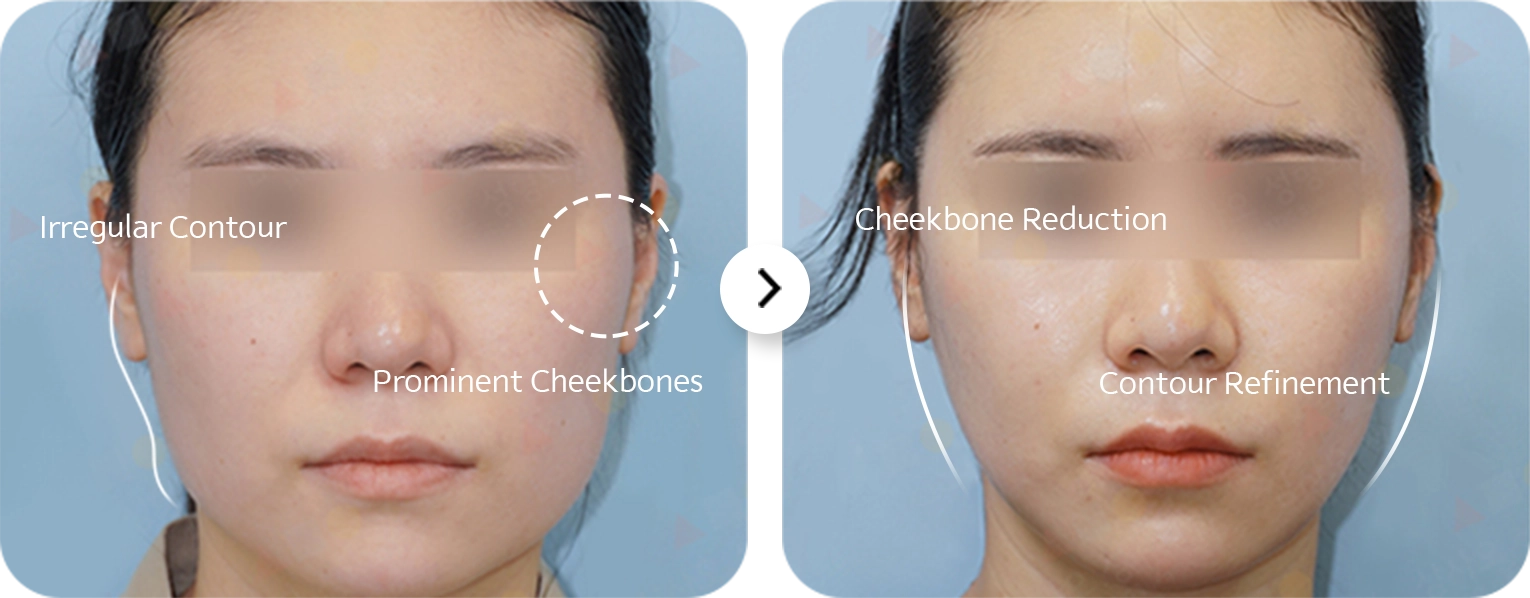
Revisional contouring surgery must be accurate and precise
Taking the previous surgery into account, we perform the revisional procedure with even greater caution.
after precisely identifying the changes in each tissue—bone,
muscle, fat, etc.—following the primary surgery.
Moreover, because the bone has been moved or resected,
there may be limitations to correction.

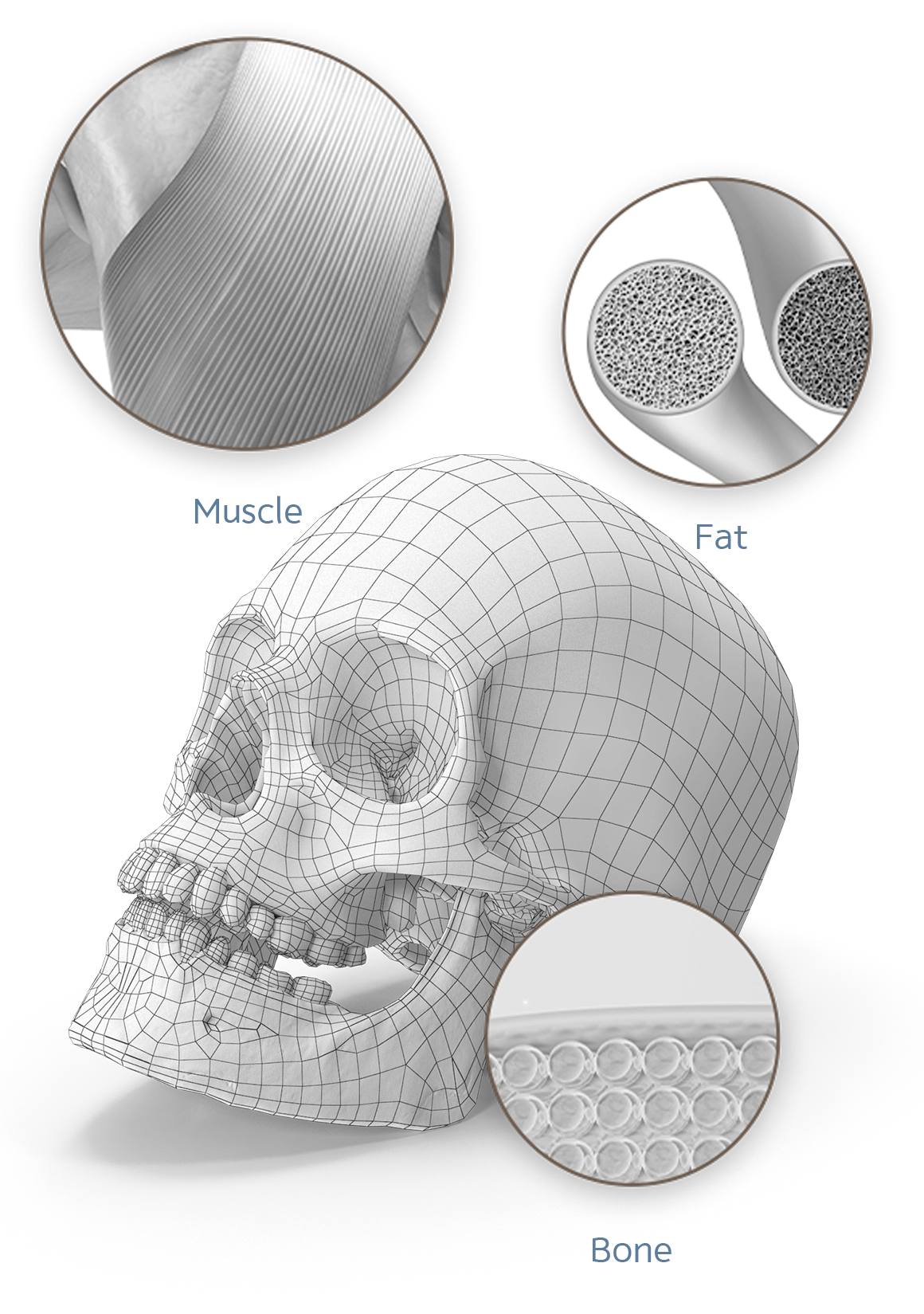
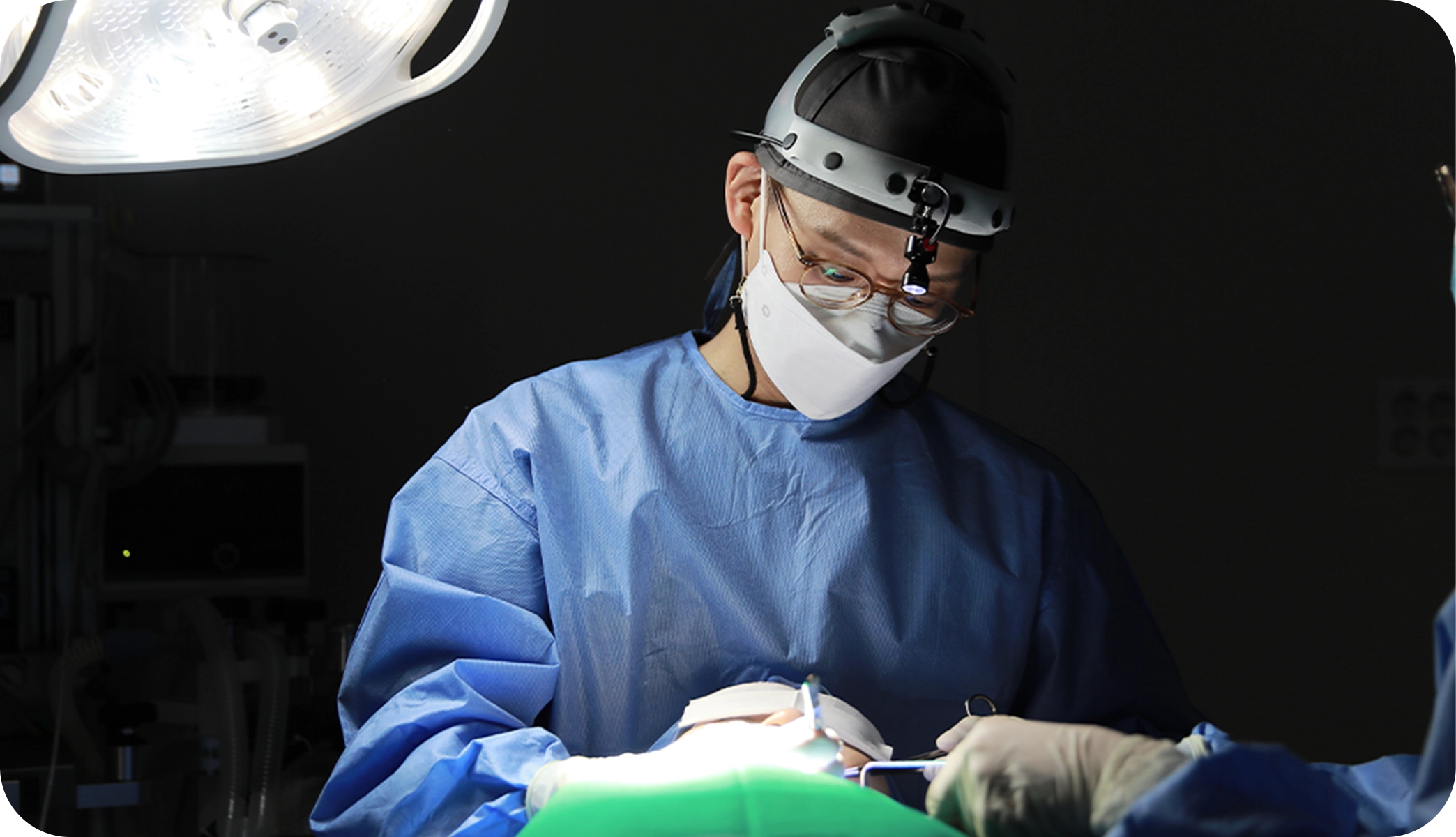
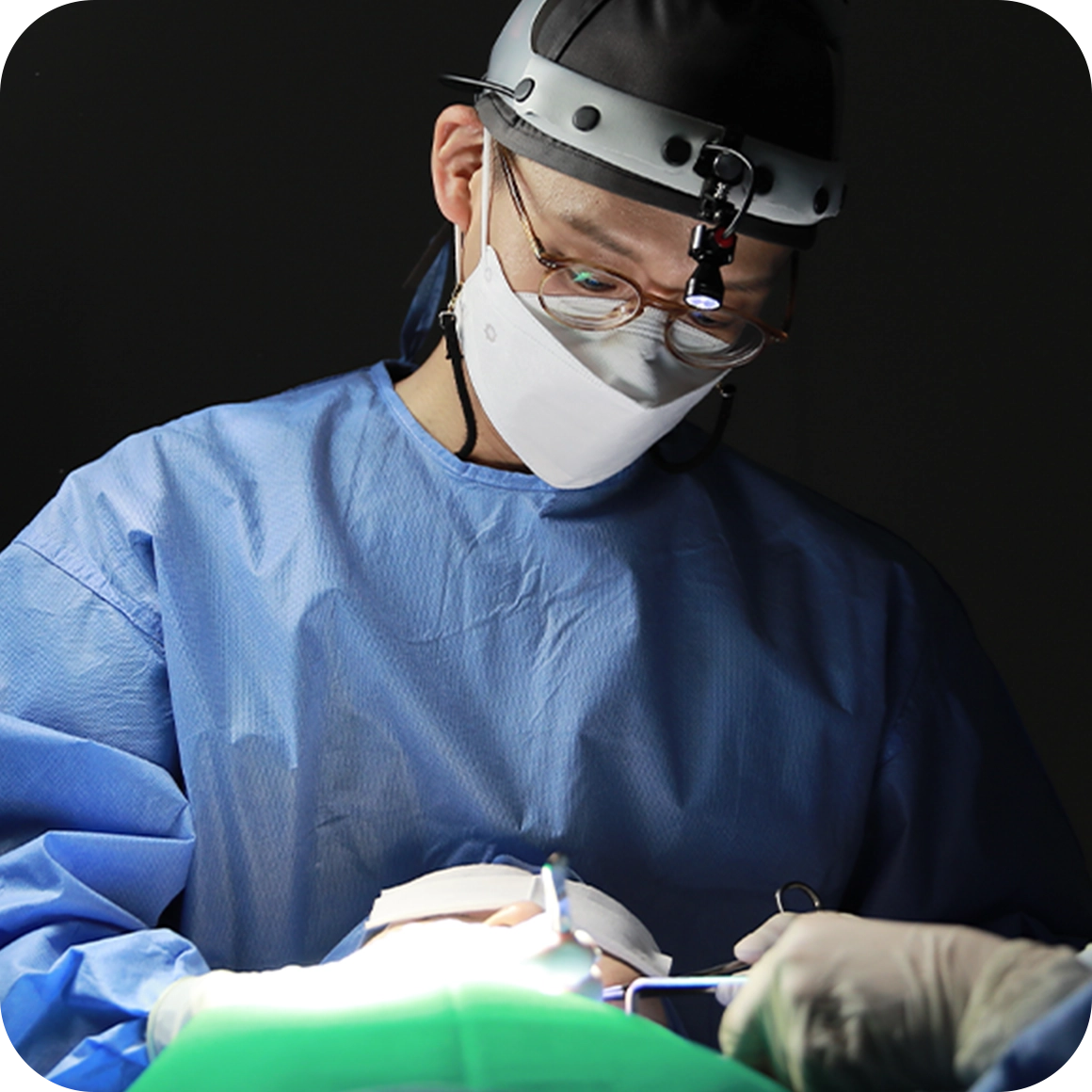
Clinical experience is essential
Choose a hospital
with extensive clinical experience.
At 345 Plastic Surgery Clinic, under the leadership of bone specialist Dr. Park Jong-rim and a team of facial contouring experts, we conduct surgeries in collaboration.
We offer solutions tailored to the various causes of issues.
Revisional Facial Contouring Surgery Aftercare program
Comprehensive Aftercare for
Revisional Facial Contouring Surgery
We help patients recover smoothly and reduce scars, swelling, and bruising through advanced equipment.
Helps with wound healing after
surgery and reduces swelling
and bruising.
the skin cells to promote
soothing and regeneration.
skin cells, enhancing regenerative
ability and supporting faster
recovery after surgery.
to help you continue your recovery
process comfortably.
Revisional Facial Contouring Surgery Info
A Quick Overview of
Revisional Facial Contouring Surgery
Discover information on revisional contouring surgery for restoring a beautiful smile.

Surgery Time
1 ~ 3 hours

Anesthesia
General Anesthesia
Hospital Stay
1 day
Follow-Up Visit
1 ~ 2 visits
(suture removal 1~2 times)
Recovery
Daily activities possible after 2–3 days
Recommended target
Recommended for
these individuals
Are you concerned about surgery?
Feel free to inquire!
01
First, Long Face
In cases where the left and right sides of the face become asymmetrical.
02
Second, Cheekbone Prominence Type
When there is little change compared to before the surgery.
03
Third, Secondary Angle of the Jaw
If a secondary angle develops after jaw surgery.
04
Fourth, Jaw Position
If there is dissatisfaction with the position or size of the chin.
Frequently Asked Questions
About Facial Contouring
When can the screws be removed after facial contouring surgery?
There is no fixed rule for removing the screws. However, after a long period post-surgery, bone may cover the screws or plates, making removal more difficult. It is best to remove the screws (plates) after the bone has fully healed, before any bone buildup or secondary changes occur. While removal is possible starting from 6 months post surgery, our clinic typically recommend waiting around 1 year post surgery for screw removal.
Will cheek sagging always occur after cheekbone reduction surgery?
Generally, when undergoing bone surgery, the reduction in bone structure causes the surrounding tissue to shrink accordingly. The time (recovery period) and degree of this shrinkage can vary depending on the individual. If a significant amount of bone is removed due to highly developed cheekbones, or if there is already sagging skin, the outcome may differ. However, it cannot be said that cheek sagging will definitely occur just from cheekbone reduction surgery.
During consultations, it is possible to predict the extent of sagging, and it is advisable to plan the surgery based on the current condition. At our clinic, if sagging is expected, we often combine the surgery with a lifting procedure, referred to as “Cheek Lifting,” (Zygoma) to address this concern.
Can I undergo orthodontic treatment after facial contouring surgery?
Orthodontic treatment can generally begin about 1 month after facial contouring surgery without any issues. During the first month post-surgery, you are in the recovery phase, and actions like opening your mouth or chewing may be uncomfortable and different from before the surgery, so caution is necessary.
Additionally, surgeries such as cortical bone removal or masseter muscle reduction may be performed simultaneously, causing the surgical areas to become tightly healed. As a result, opening the mouth may not feel as natural. If you are considering orthodontics, it’s recommended to first go through the recovery process for about a month. Since recovery times vary among individuals, it’s important to consult with an orthodontist to determine if you can proceed with treatment based on your current condition.
Why is there a loss of sensation after cheekbone surgery?
There is one important nerve to be cautious of during cheekbone surgery—the infraorbital nerve, which is responsible for sensation in the front cheekbones, lips, and gums. Depending on the dissection area, the nerve may be slightly stretched, which can lead to a temporary decrease in sensation in the affected area.
However, as long as the nerve is not cut or severely damaged during the surgery, sensation will gradually return over time, so there is no need to worry.